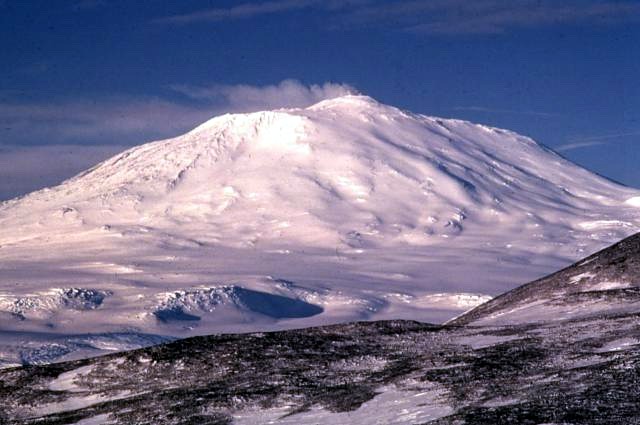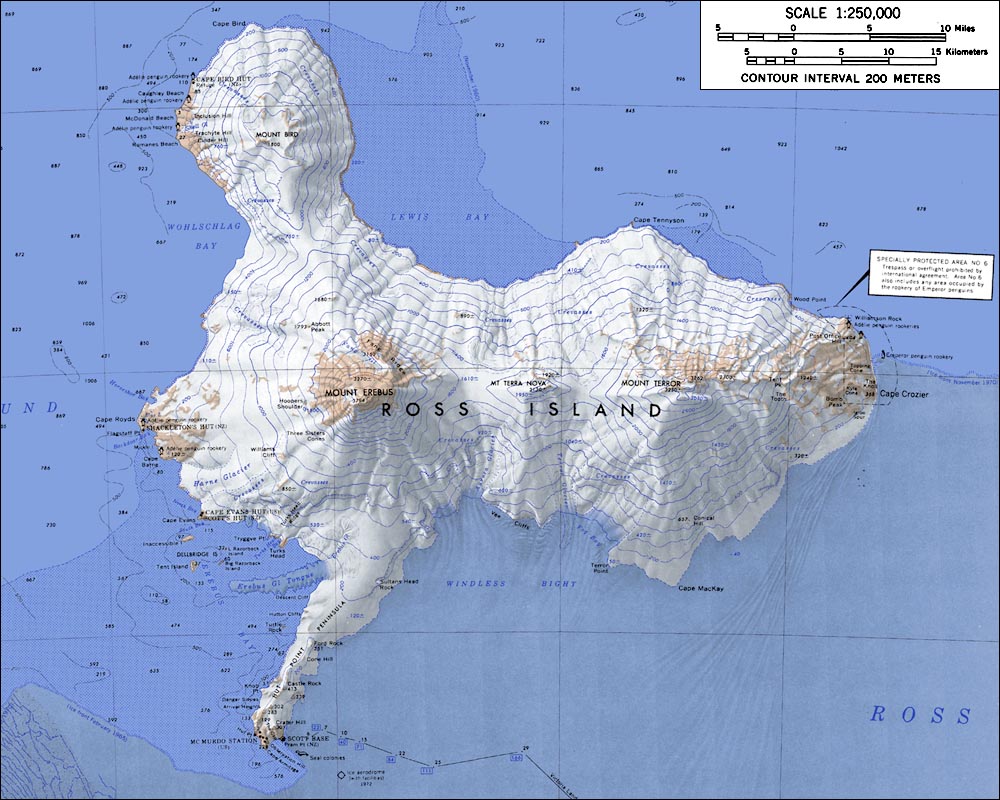Advantages:
1) Volcanoes provide resources for energy extraction, also known as geothermal resources. This involves heat from the earth's crust is being converted to energy. The big advantages to this type of energy are that it is very clean and the resources are nearly inexhaustible.
2) It will bring more tourism, and more tourism jobs available; this will bring more money in the local economy through: airport tickets, tourism guides/companies, hotels, restaurants and local showbiz companies eg. circus, dance shows etc.
3) More people will come to see the beautiful landscape made by the pyroclastic (molten rocks) and mudflows, which harden overtime. They make great landscape for tourist to sightsee.
4) Though, the ash that comes and shadows over the crops and villages and destroys them, when mudflows hit the crops and farms (and not ash); eventually it becomes a better growth soil for the plants and farmland.
Disadvantages:
1) Transport and communication will be blocked; this will stop people getting out- or police and ambulance getting in, as the lava flows will cover and block the roads: communication with air patrol and outside help will be lost; as on the inside the roads are blocked for land transport.
2) Crops ruined: when a cloud of ash overshadows the town/city, the cloud will collapse and
3) Sea - during a volcanic eruption earthquakes happen, and tsunamis may be created. Also, if it is a volcanic island, the island may be destroyed, and there is no escape.
4) Lava flow - these are very slow moving, but destructive as they cannot be stopped and they set fire to everything in their path.
5) Pyroclastic flow - these are impossible to outrun, travelling at about 300 km/h, and are extremely destructive
6) Mudflow/lahar - these are mud rivers that have the consistency of cement, and destroy everything in their path, including building
v breathtaking view of volcanoes attracts tourist




